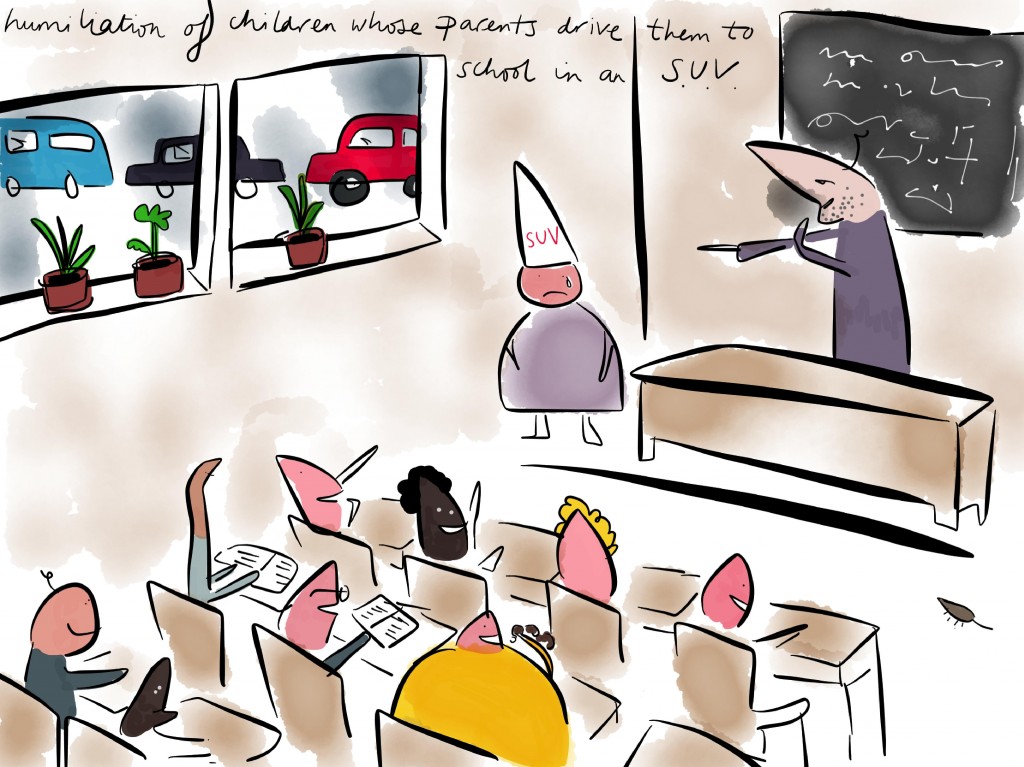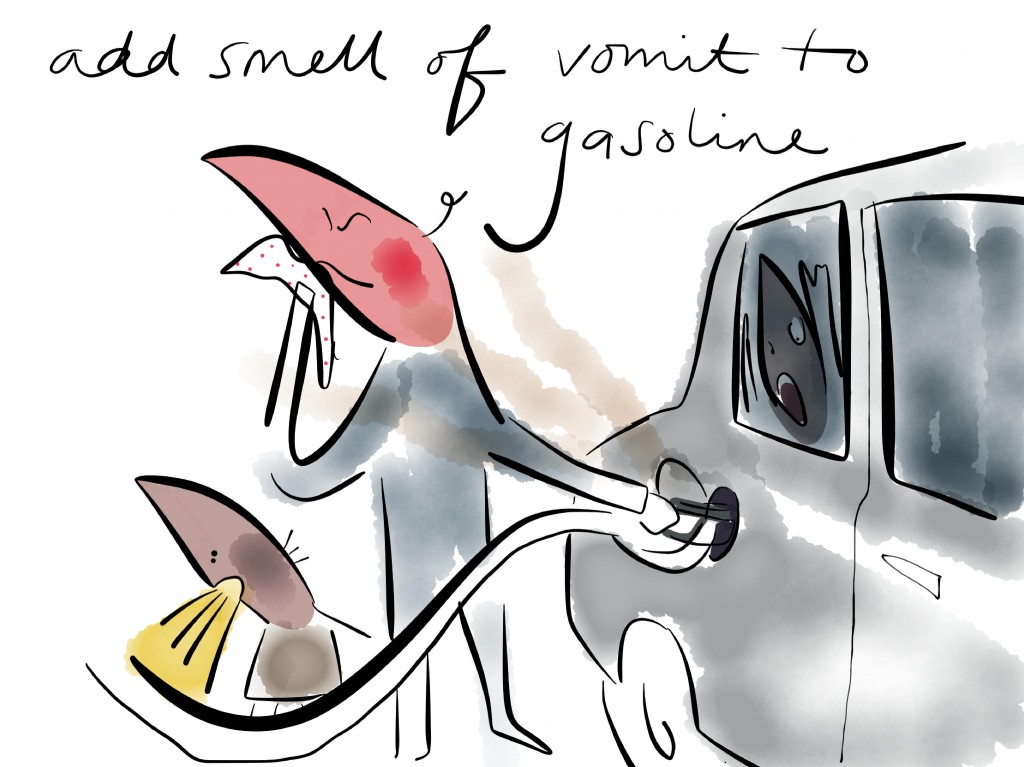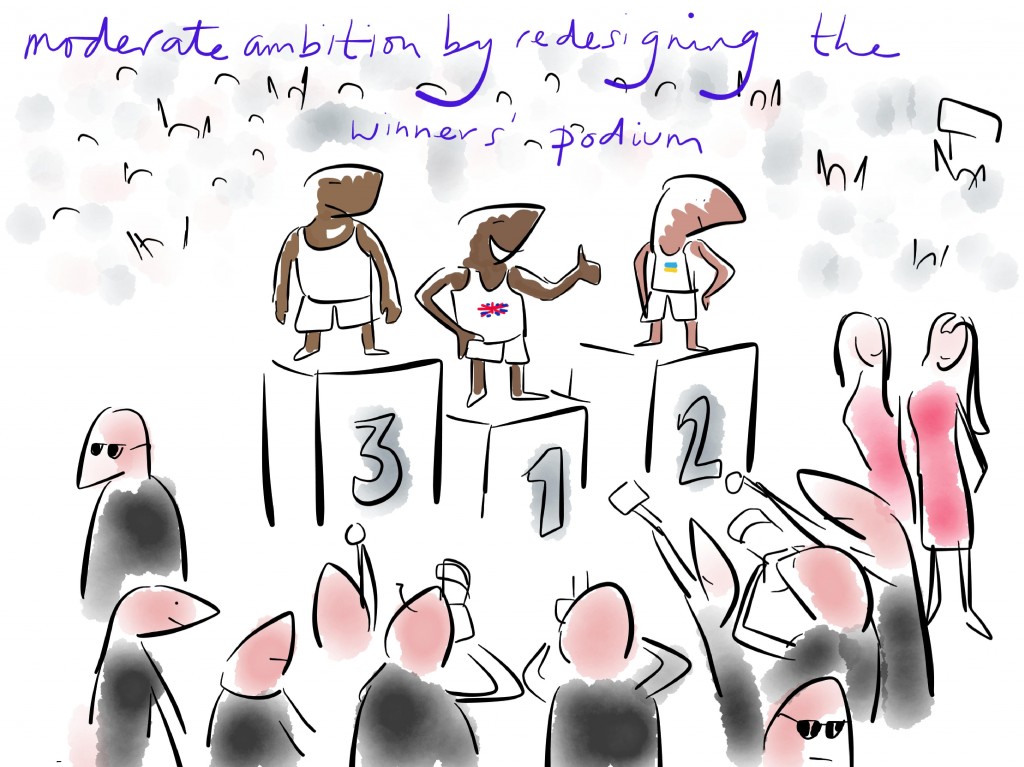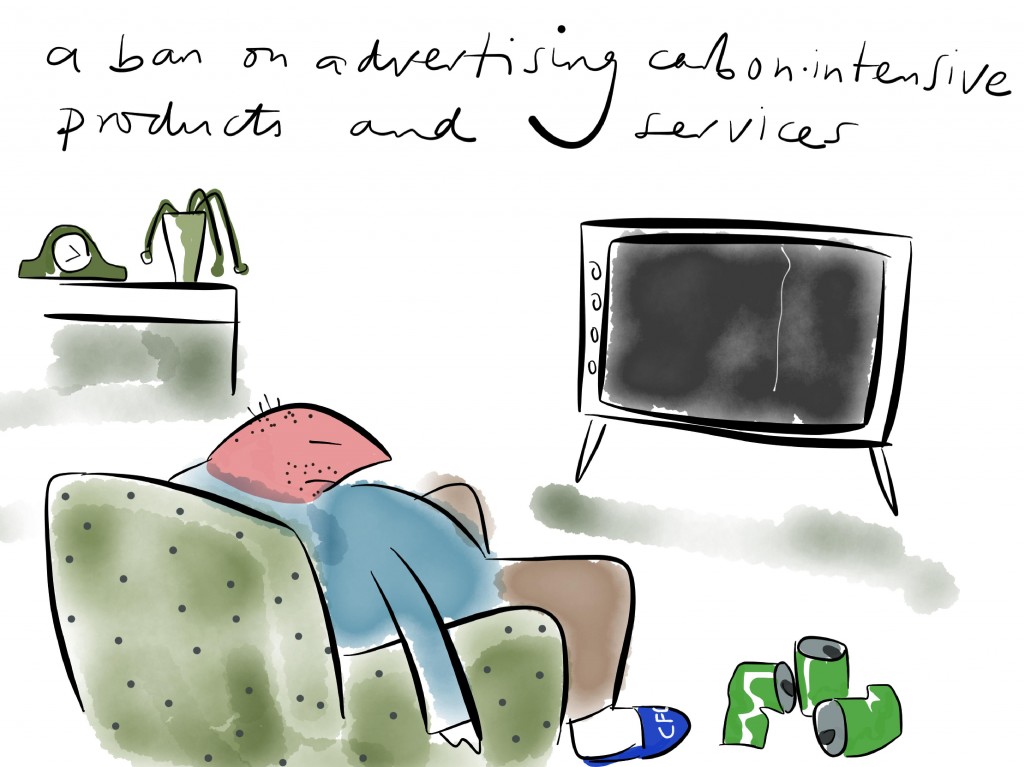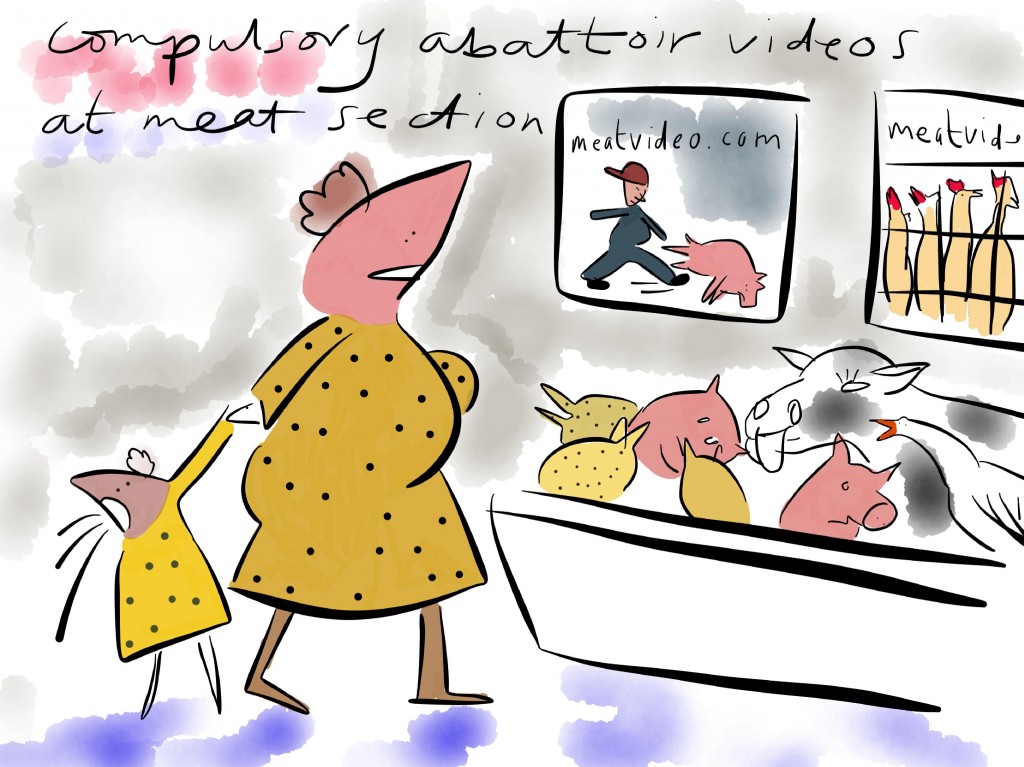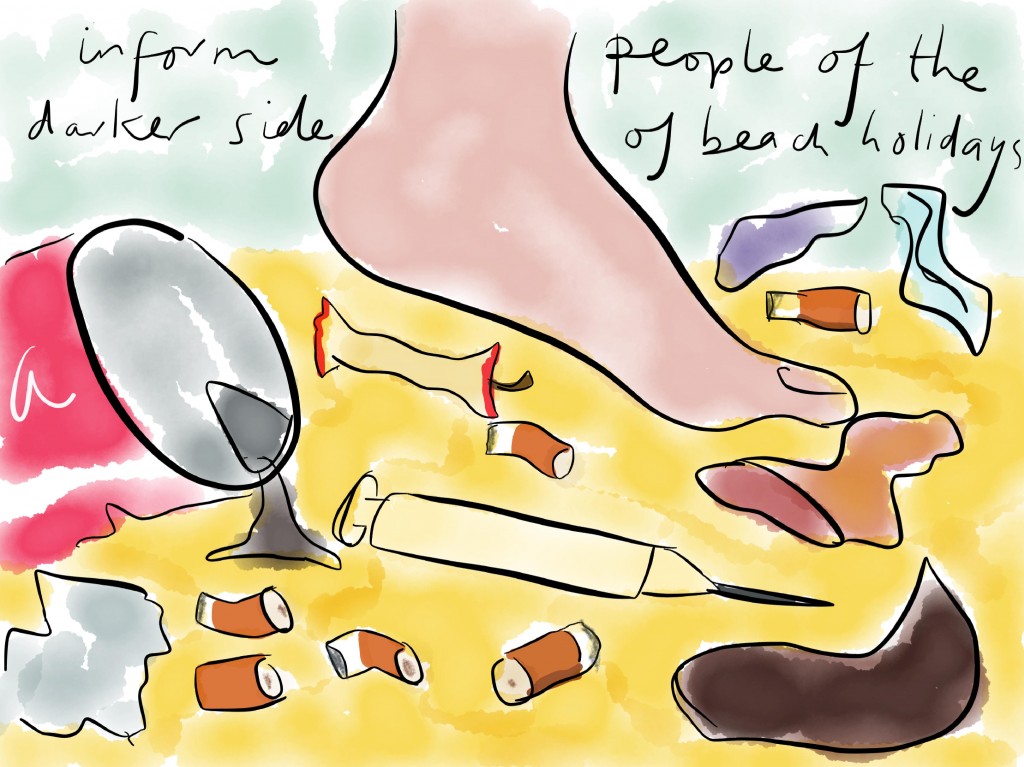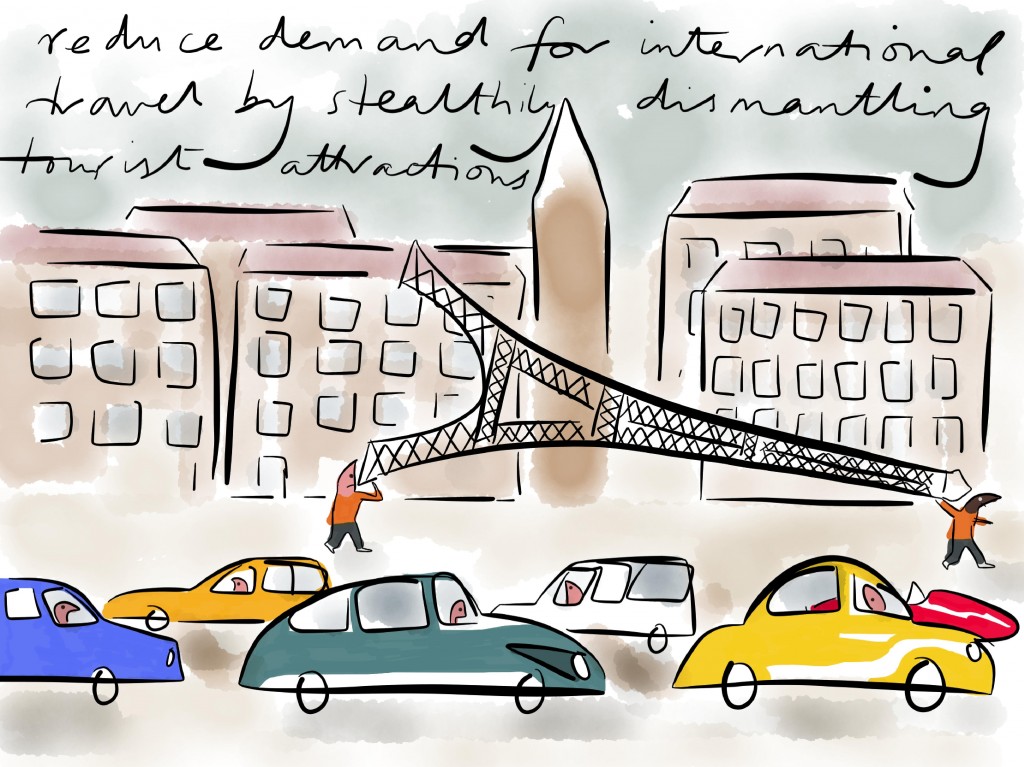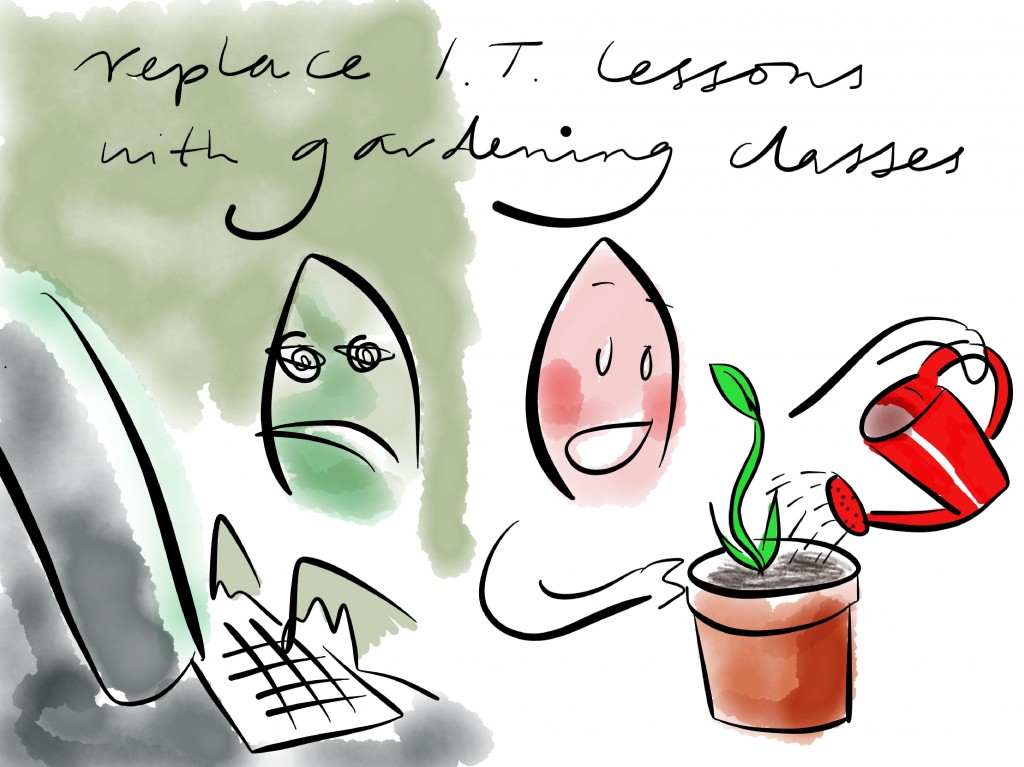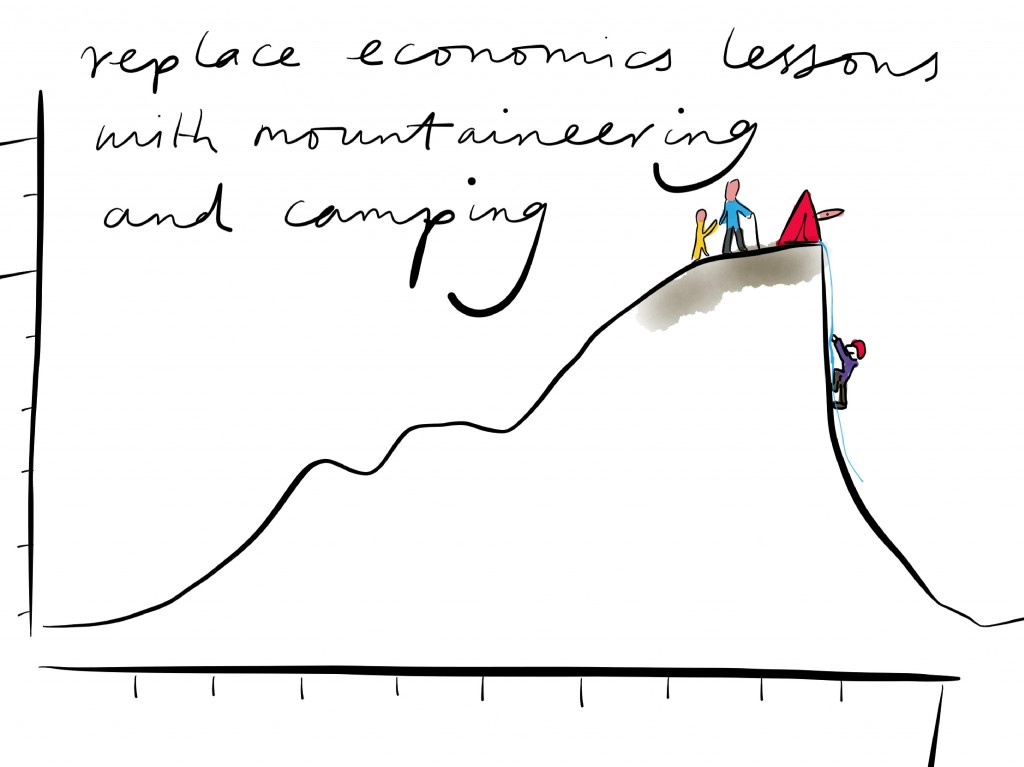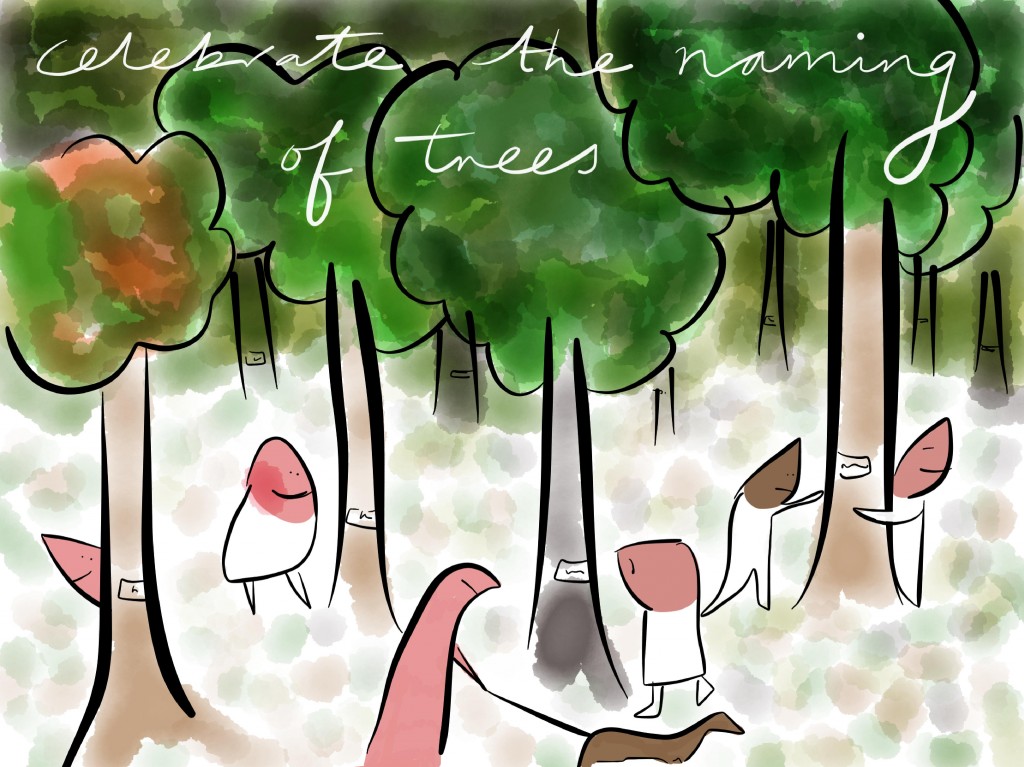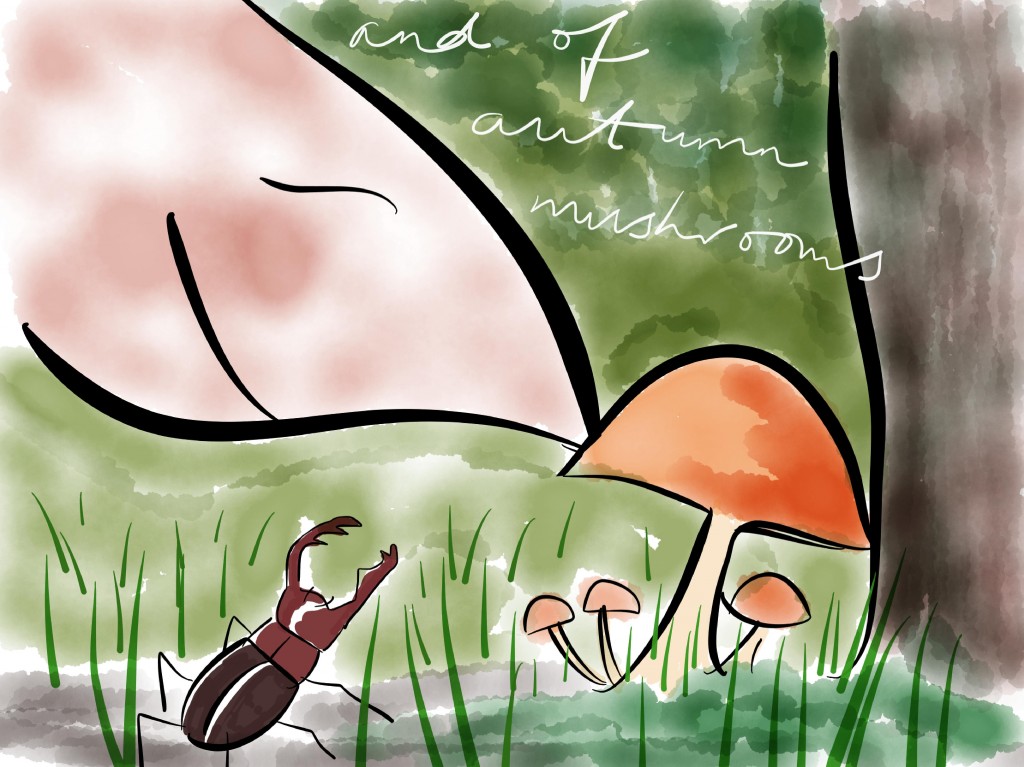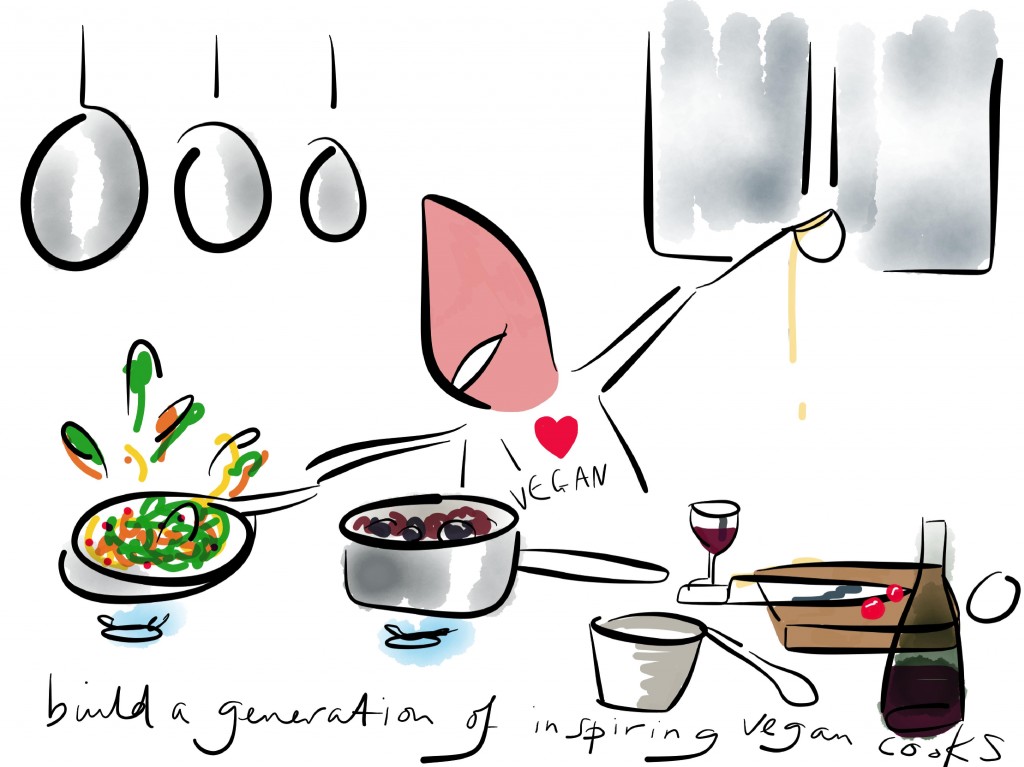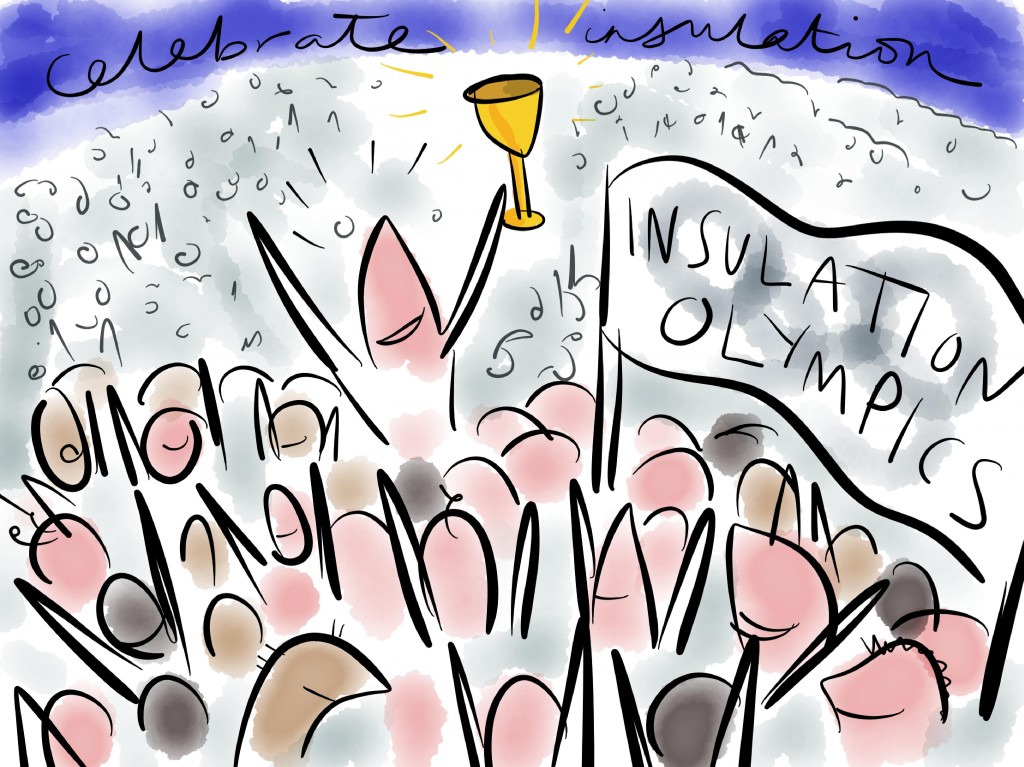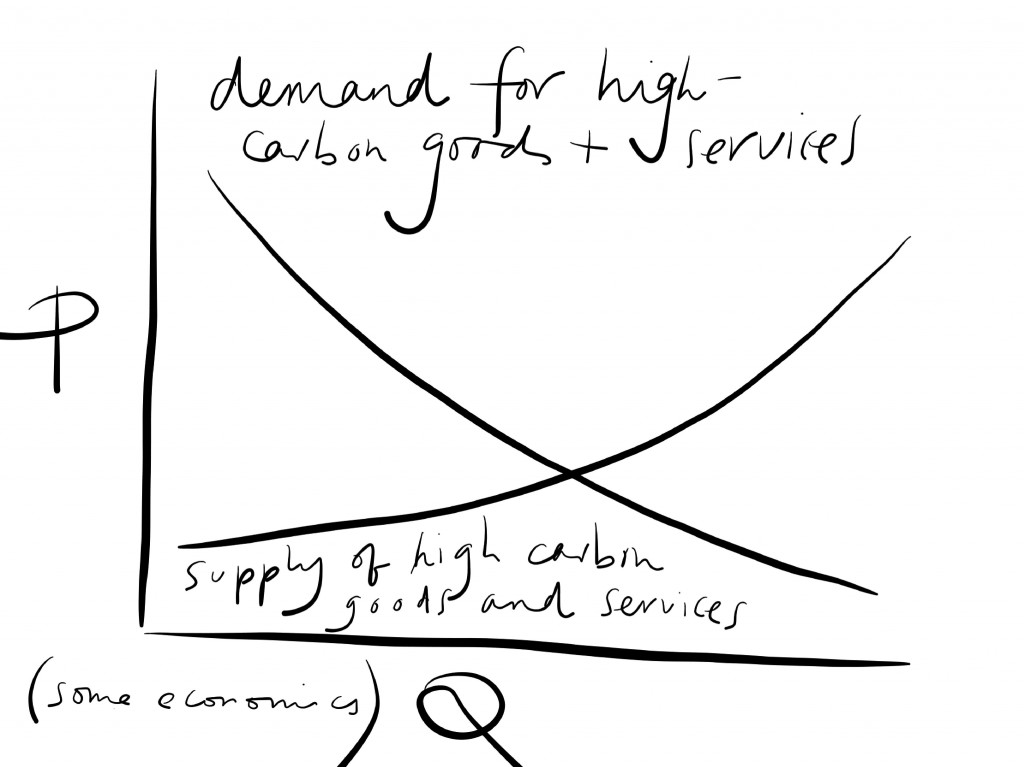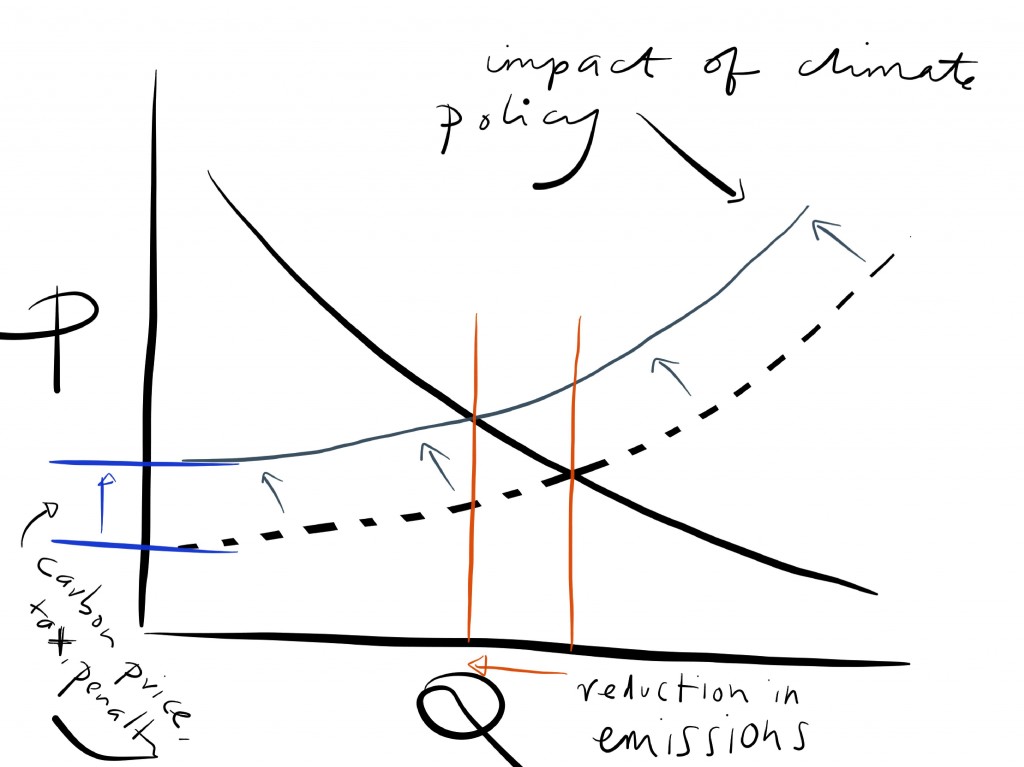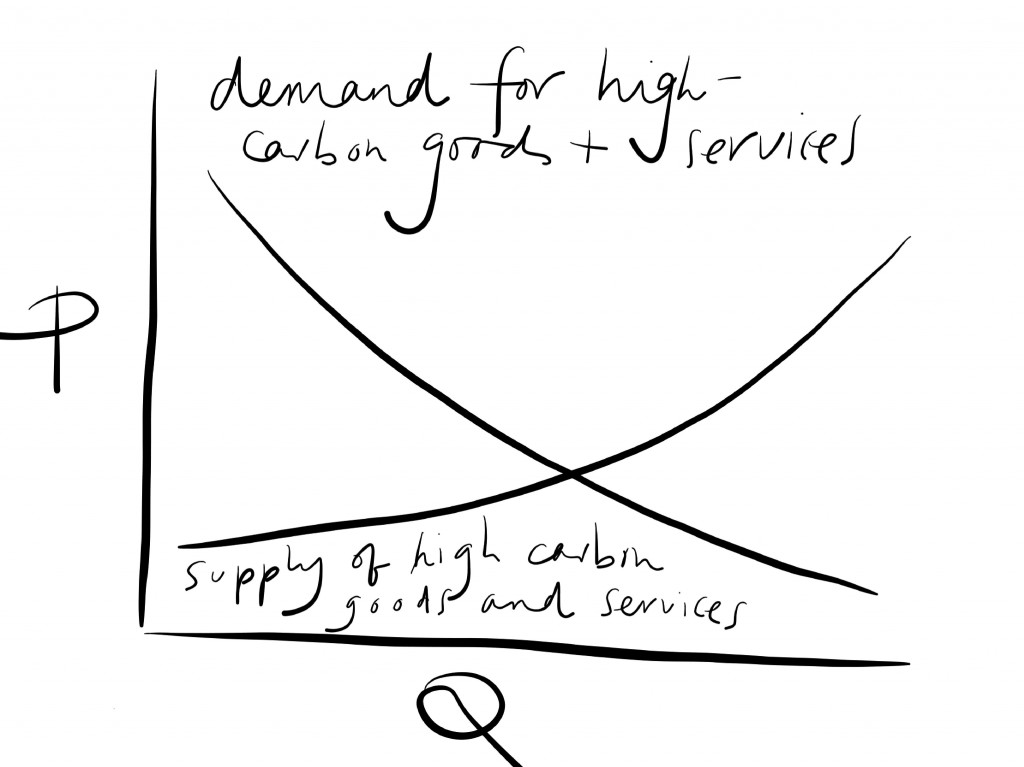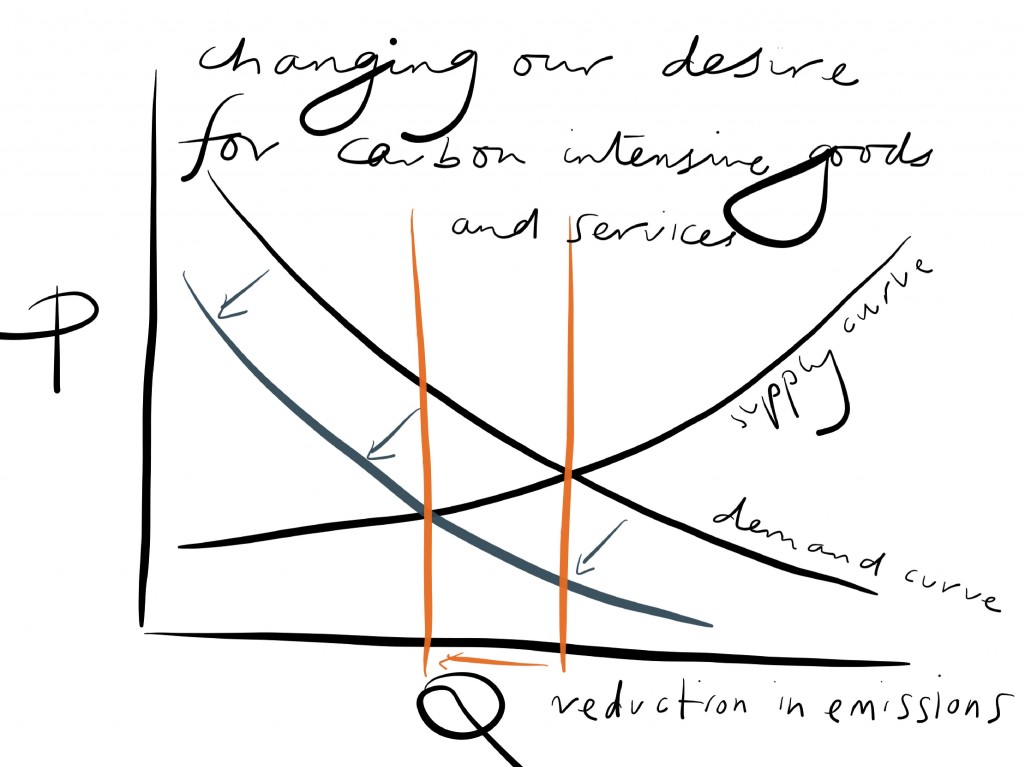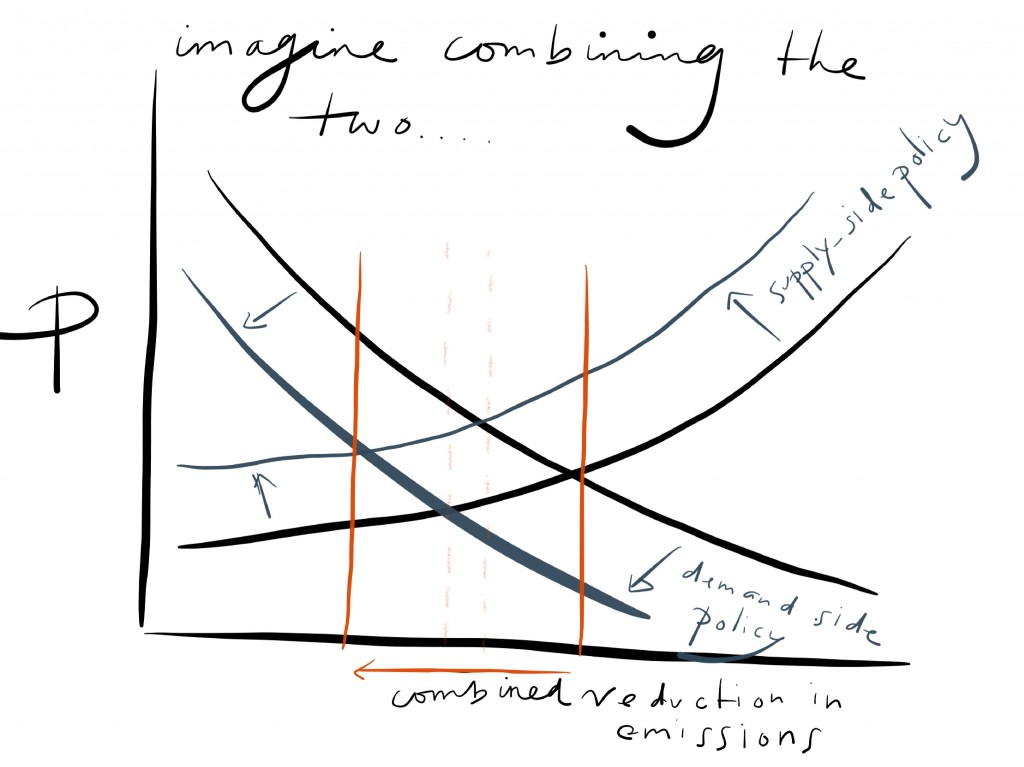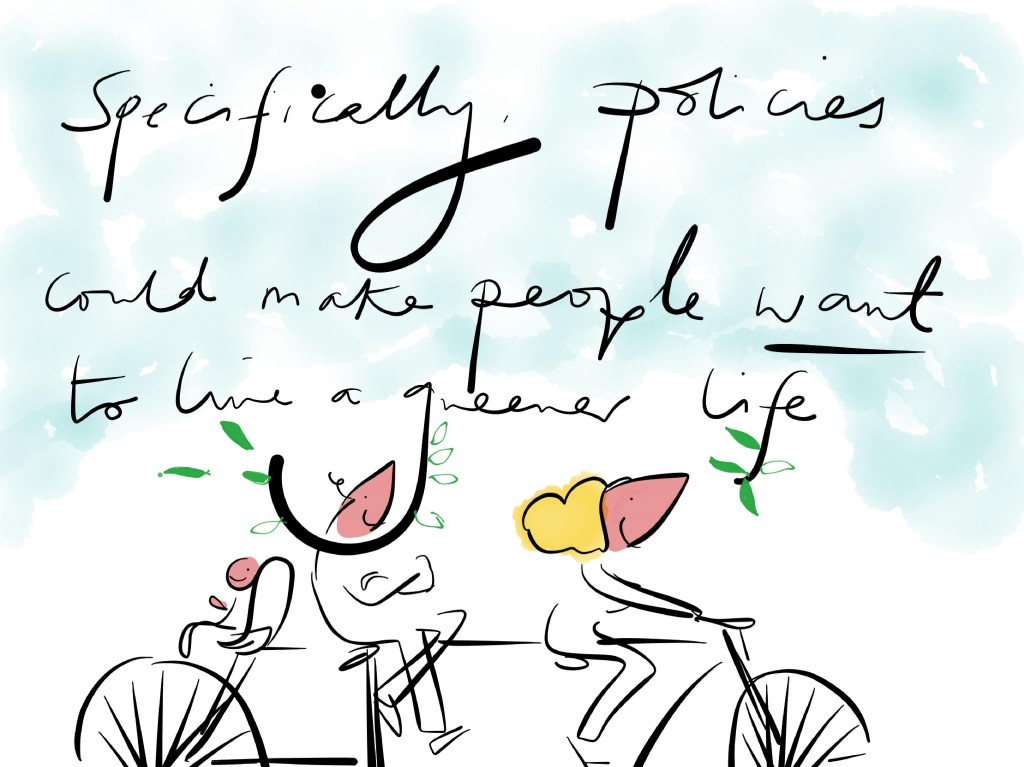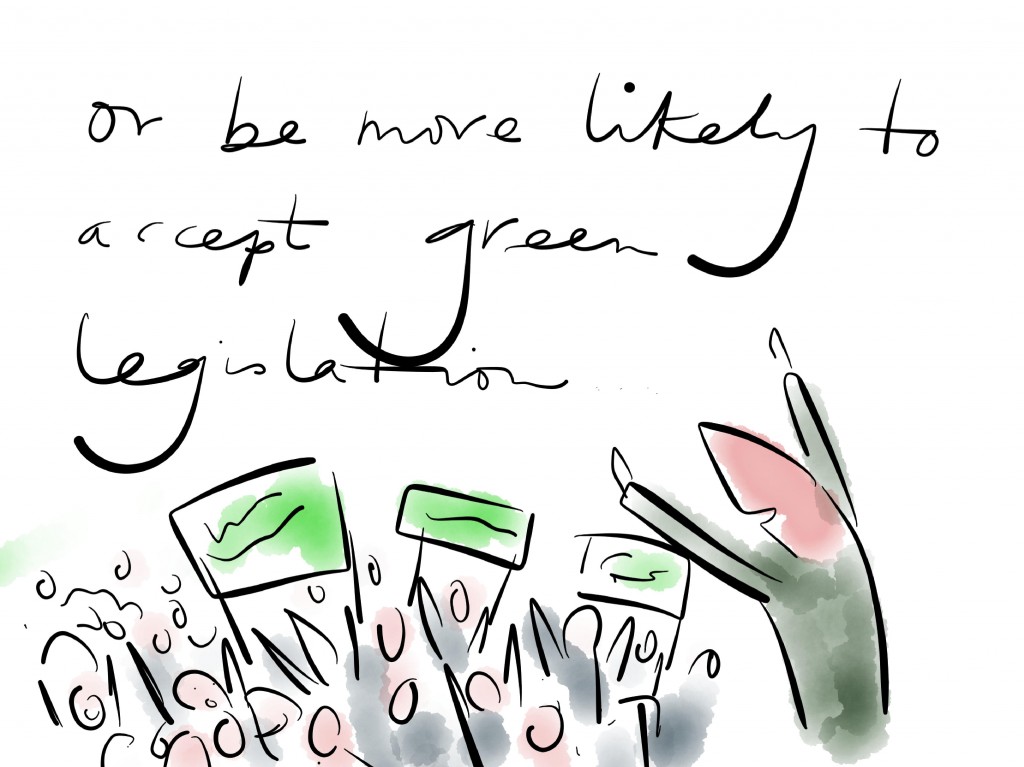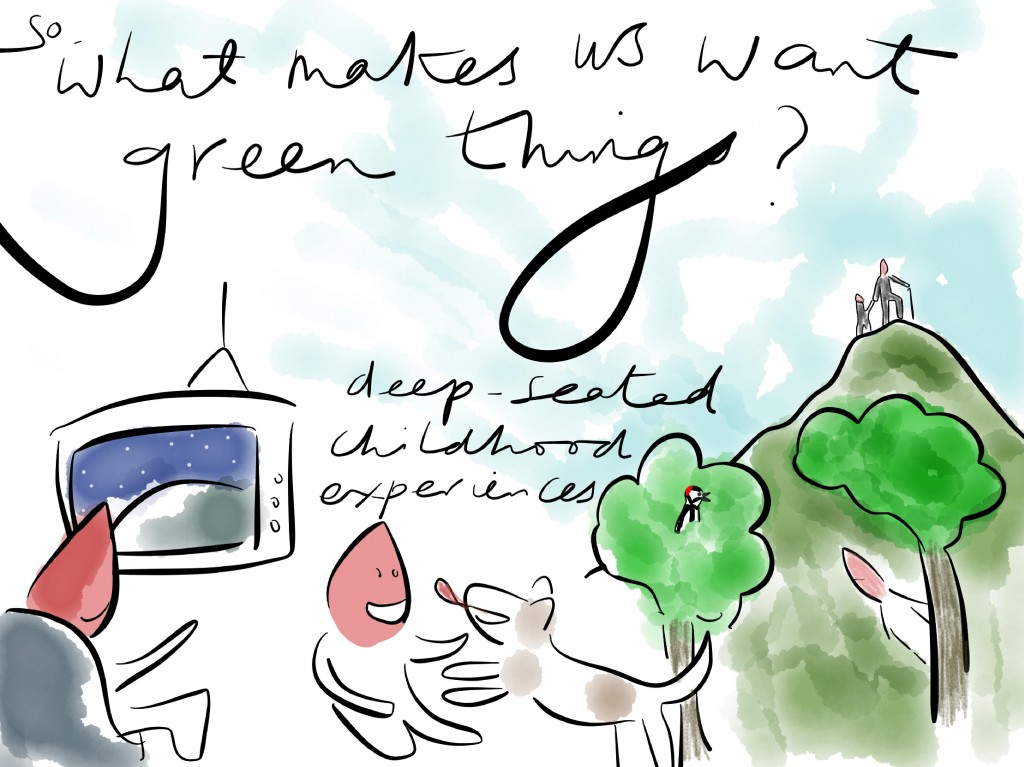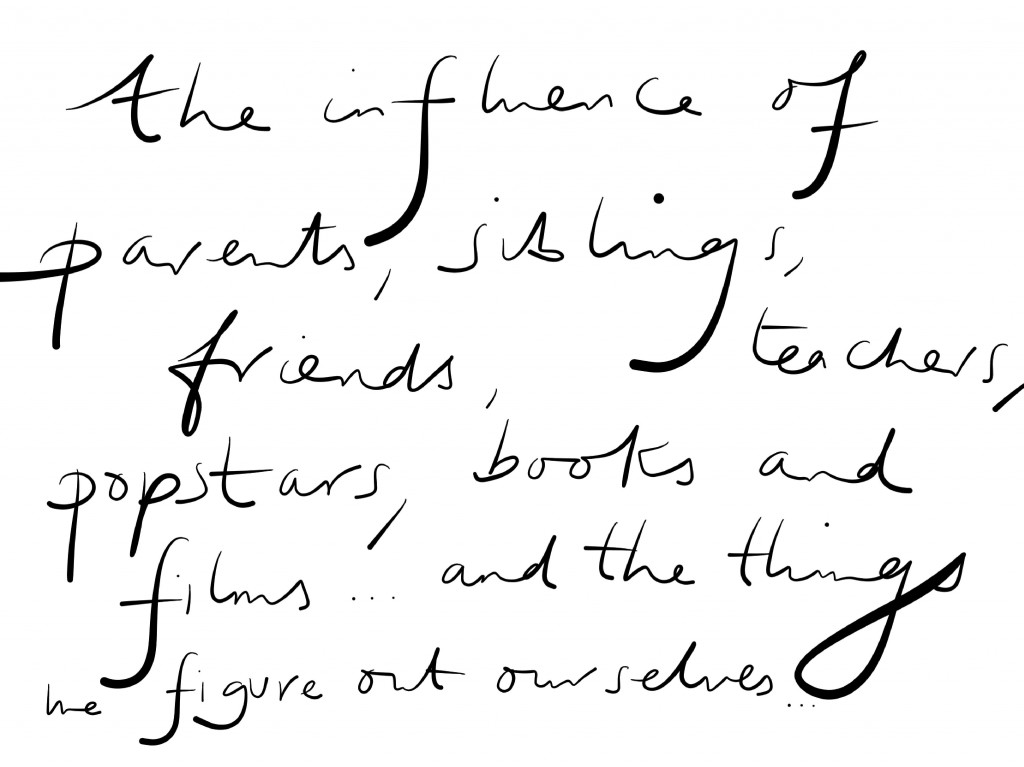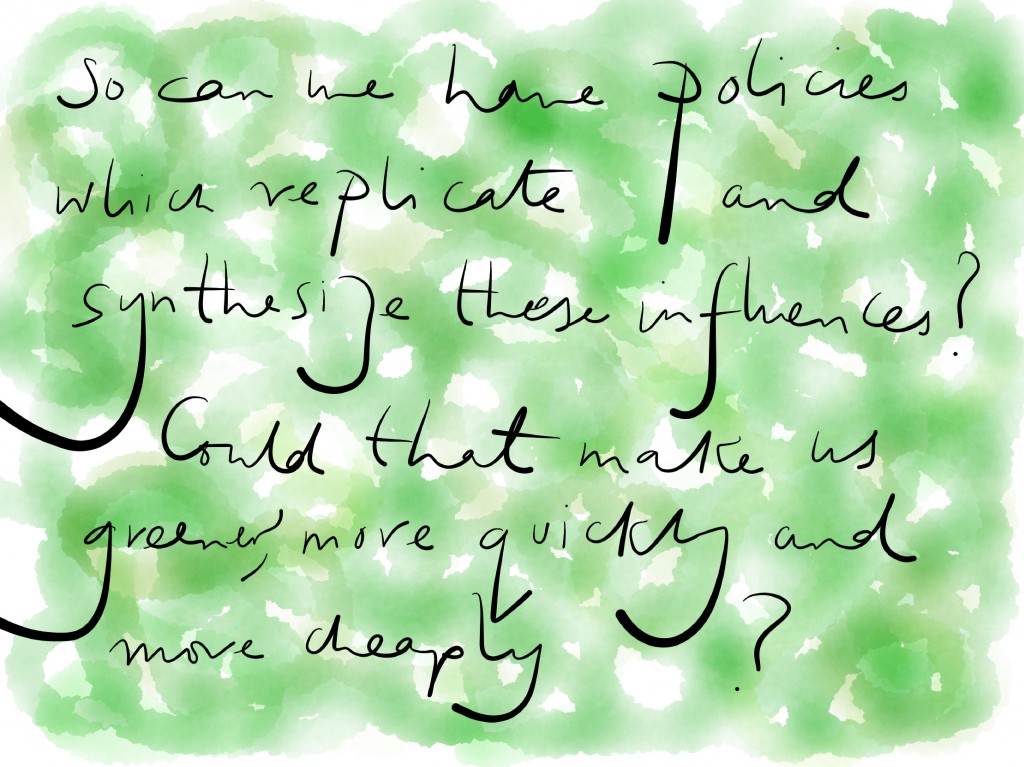Our occasional series on technology resumes after a four year hiatus…
Following on from Google’s smart glasses, Sony has now filed a patent for a smart wig (http://www.bbc.co.uk/news/technology-25099262). We interviewed some up-and-coming entrepreneurs from the body-tech space.
“Pathetic,” spat Brad Schmalzwinkel, CEO of Autobrow, the latest Silicon valley body-tech upstart. “The Autobrow eyebrow implant can do all that and more. Our entire Thanksgiving Dinner is being prepared by the eyebrow implant this minute. I just sit back and watch it work,” he added, wiping a drop of gravy from his cheek.
Schmalzwinkel is not the only Stanford drop-out to have joined the body-tech bandwagon. Sam J Hucklefinch junior has recently launched “Pimplebot”. “We can turn any pimple, scab or scar into an integrated cloud-sourced, nano-tech 3D printing factory at the squeeze of a button. No-one else is close to us in terms of utilising debris body parts.”
The game doesn’t stop with pimples. Hucklefinch gave us a sneak preview of his revolutionary smart underpants, or “Smarty Pants”. “Look, lots of our internet usage is private – banking, employment issues, personal communications and so forth. So surely the best place to do that is where we keep our most private things. No-one’s gonna look there, are they? Wearing Hucklefinch’s Smarty Pants allows you to make mobile payments, chat with your mates, browse on Facebook, all controlled by scratching your balls. This high tech revolution is making a real difference to society.”
However, Greg Gloom, Secretary of the Telford Astrological Society, disagrees. “It is a tragedy that our brightest young people are wasting years of their lives developing ephemeral hi-tech rubbish, when they could be applying their energies and intelligence to more serious problems of the world. For example, I myself could use a few young PhD students on my intelligent astrological software. Sometime in the near future most decision-making will be driven by the stars, but I have not quite got the algorithm working yet.”
Note
For earlier entries in the Greentech Update series:
https://www.thebustard.com/?p=390
https://www.thebustard.com/?p=406
https://www.thebustard.com/?p=419

